TaylorMade TP Reserve Putters — Review
Posted by Jamie Martin on 20th Jul 2023
There’s no disputing TaylorMade’s new TP Reserve putter line is stunning, but is simply being attractive enough anymore?
I’m guessing that’s probably a theme in the Barbie movie or something (for the record, I don’t plan on seeing it) but even the world’s most highly paid supermodels can’t rely solely on their ridiculously good looks.
They actually have to “work” too.
Navigating a catwalk during fashion week is probably much harder than it looks; so to, the ability to maintain a veneer of dignity while wearing something that looks like it should be either lining a bin or inside one.
And on rare occasions, supermodels are even required to contort their exquisite facial features into something that resembles a smile.
TaylorMade’s TP Reserve collection will make you weak at the knees. But does it have the capacity to make it to the end of the catwalk without tripping over?

WE’RE COMING FOR YOU
Now seems an appropriate time to refer to a premium putter brand whose name begins with an S and ends in Cotty Cameron.
No putters in the game are perceived to be more supermodel-chic than Scotty’s.
But with the new TP Reserve collection, TaylorMade are fixing the bayonets and charging over the top to assault Scotty’s entrenched position at the premium end of the market.
TaylorMade basically upended just about everything they’ve done recently in the putter space to convince golfers there’s an alternative with a more wallet-friendly price tag.
In years past, TP putters featured cast construction and milled faces. But the Reserve has been milled entirely from stainless steel and, replete with Hydroblast finish, it does look rather premium.
Nobody squeezes money out of wallets quicker than Scotty Cameron but why would you take a chance on a TP Reserve putter?
There are a few good reasons, it seems.
FIRST IMPRESSIONS
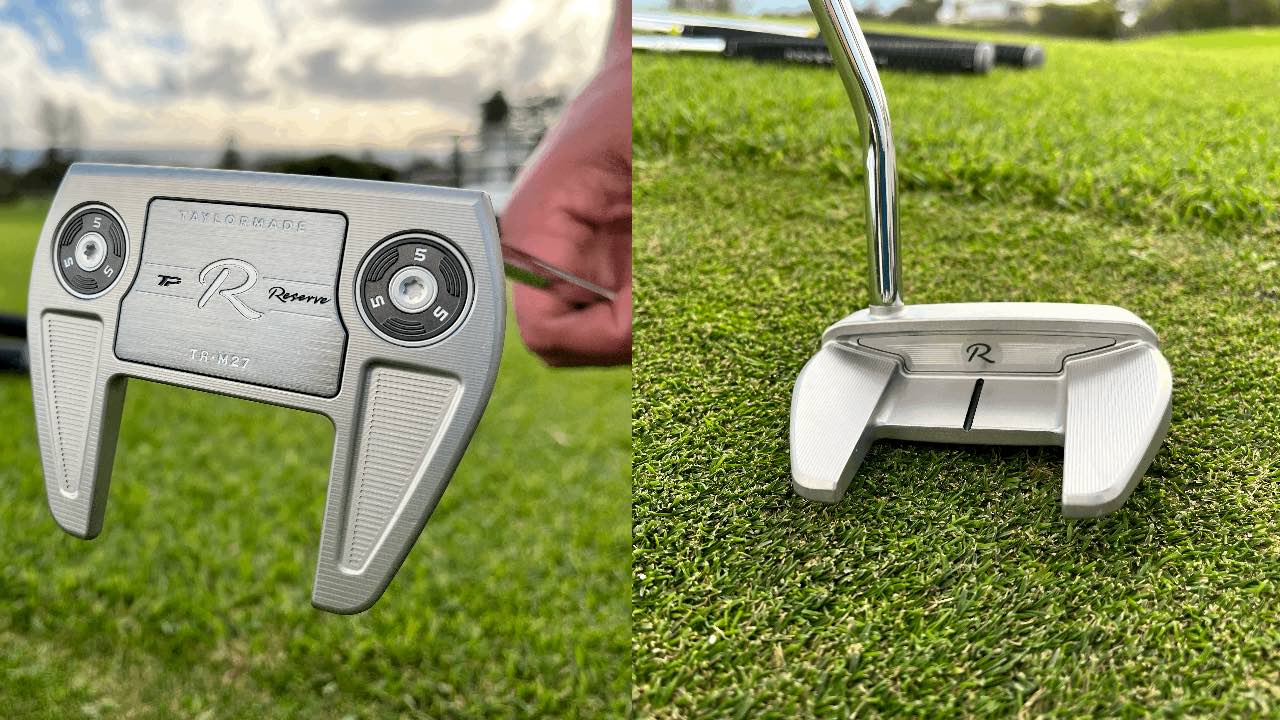
I’d bet a large portion of my meagre professional typist’s income that most golfers purchase a putter with their eyes first, then hold out hope its performance holds up.
Thus, it makes the first impressions component of a putter review arguably the most critical.
So here goes.
At first glance, TP Reserve putters exude plenty of kerb appeal in a classy, non-wolf whistling kind of way.
Both the blades and mallets are lookers that invite your eyes to come in for a closer view.
But perhaps the most striking feature of any putter in the TP Reserve line-up is what’s missing.
There’s a lot of visual restraint at work; indeed, TaylorMade could’ve called the range TP Reserved such is the minimalism at play.
That alone is an interesting development for TaylorMade, the company responsible for the RBZ Stage 2 driver that was so confoundingly ghastly it should’ve been charged for being a public nuisance.
Each Reserve model features just a small ‘R’ in the rear cavity and a tiny TaylorMade logo on the face near the heel, both filled with a muted avocado-green paint.
THE NAME GAME
It’s up for debate whether all the best names have been taken but it seems TaylorMade have either given up or just decided it’s all too hard.
While previous TP putters were given names like Del Monte, Juno, Soto and Ardmore, TaylorMade have switched to an alphanumeric code for the Reserve line-up.
There is some logic to the model names/numbers, which begin with either a B or M to signify a blade or mallet putter, with two subsequent numbers denoting head shape and hosel style.
Hence the TaylorMade TP Reserve line-up now reads like the winning tickets of a Friday night meat tray raffle: B11, B13, B29, B31, M21, M27, M37 and M47.
A-CLASS RESERVE
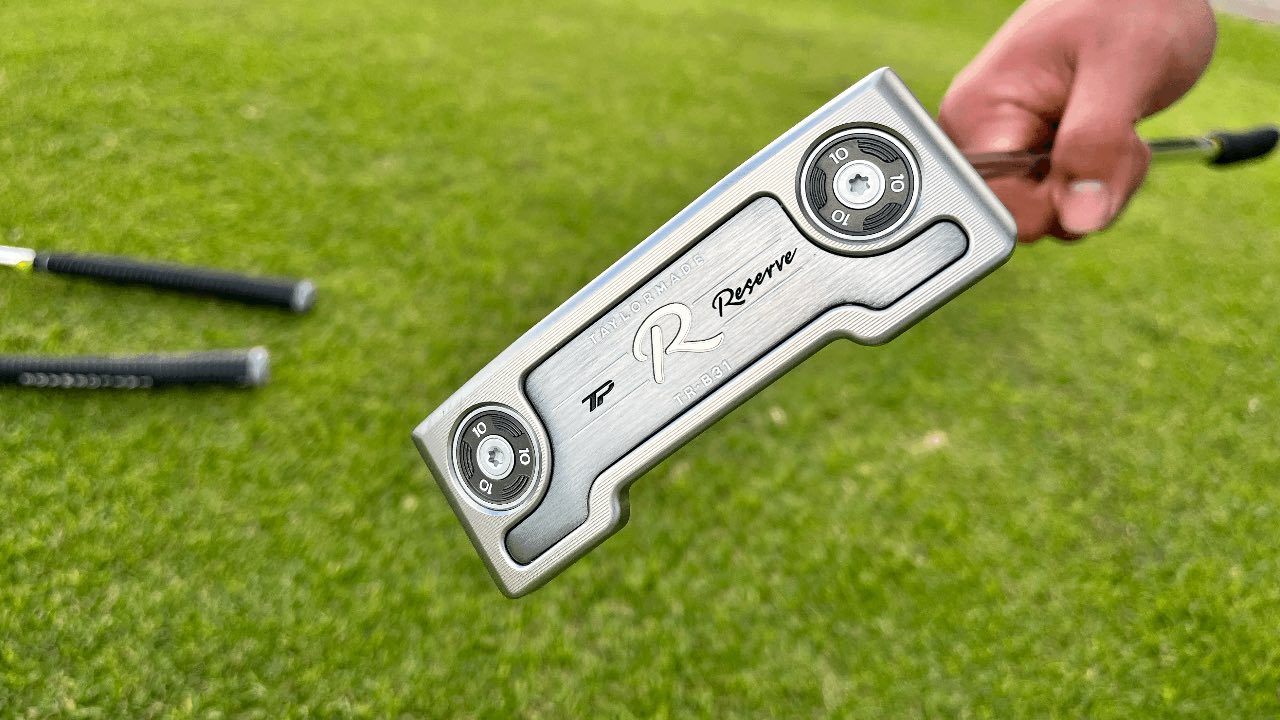
It’s important to point out that when golf manufacturers launch a product they often talk up what’s new.
For the TP Reserve, however, TaylorMade seem just as eager to point out some similarities with the putters they’re replacing.
For example, each head style — three blade and three mallets — is described as being inspired by a previous TP putter model.
Now, I know what you’re probably thinking: sounds like TaylorMade have done the old rebadge-aroo trick.
The truth is, TaylorMade haven’t veered too far from traditional, classic head shapes because that’s what golfers who buy premium putters obviously want.
However, the new entirely milled construction makes them vastly different beasts in performance terms compared to their cast predecessors.
HOW’D THEY PERFORM
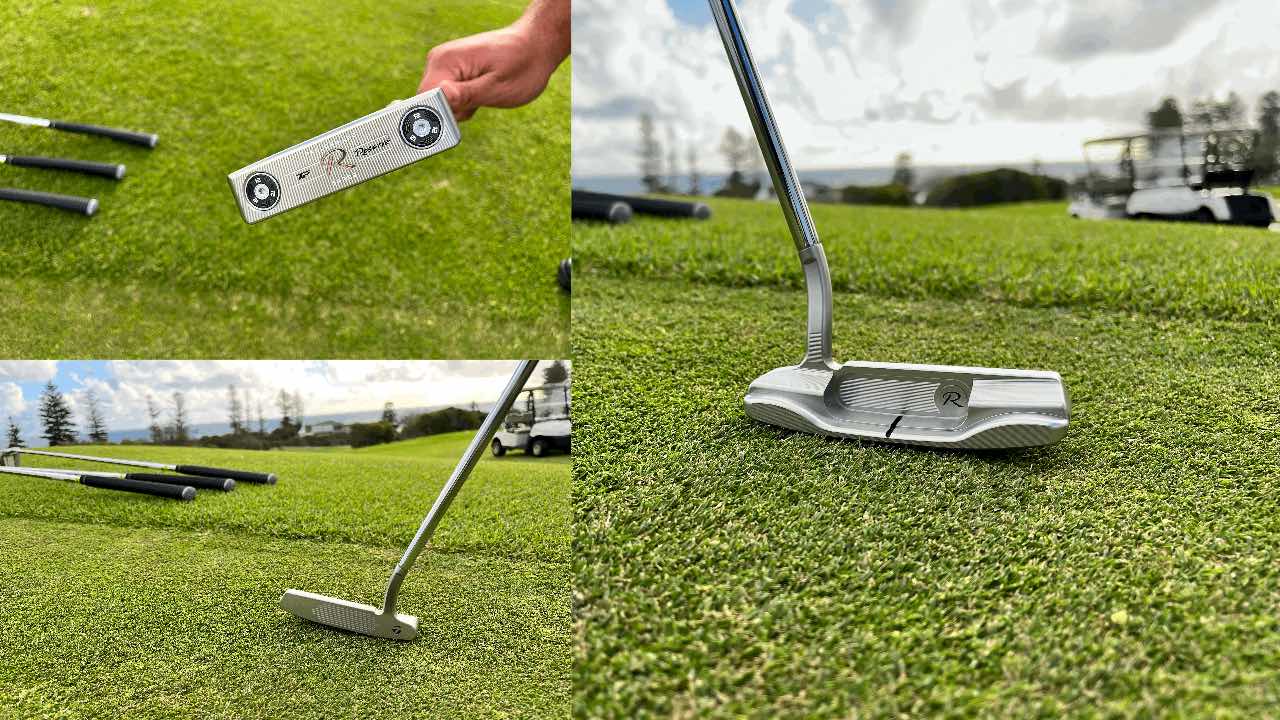
For testing I was assigned the B29 and B31 blades and the M27 and M33 mallets (more on that particular model later).
I was impressed by the look and feel of the TP Reserve blades but maybe that was just because they distracted me from the mallets.
Based on the Soto, the B29 was a favourite. The funny thing was I couldn’t stop thinking it was based on a Scotty Cameron Newport.
Imitation is a form of flattery but after noticing the head shape, style and fine surface machining detail on the B29, I thought it was rare indeed to witness flattery at such a grand scale.
While Anser-style blades are as common as Toyota Corollas, the B29 offered the sharpest feedback and felt the most balanced.
Performance backed up that sentiment too because the hole did begin to look rather large during testing.
The B31 wasn’t half bad either, a larger blade based on the Del Monte.
It was the only one out of the three Reserve blades with a sole plate but my first few minutes with the B31 were a little unusual. Until I figured out why.
The putter had been scoured along its rear edge, a section in the middle missing as if someone had cut a burnt edge off their morning toast.
Turns out it was a design feature that puts extra weight in the heel and toe to increase MOI and stability.
Maybe my eyes would eventually get used to it. But then again I could probably get used to a wearing an Oodie in winter, I just don’t want to.
I’m not much of a mallet guy and the Bandon-inspired, fanged M27 reminded me why.
It was big and about as nimble as an ocean-going freighter.
But I did like how TaylorMade had curved the fangs outwards from the face, which gave it a much softer, rounded appearance in contrast to the angularity of previous Bandons.
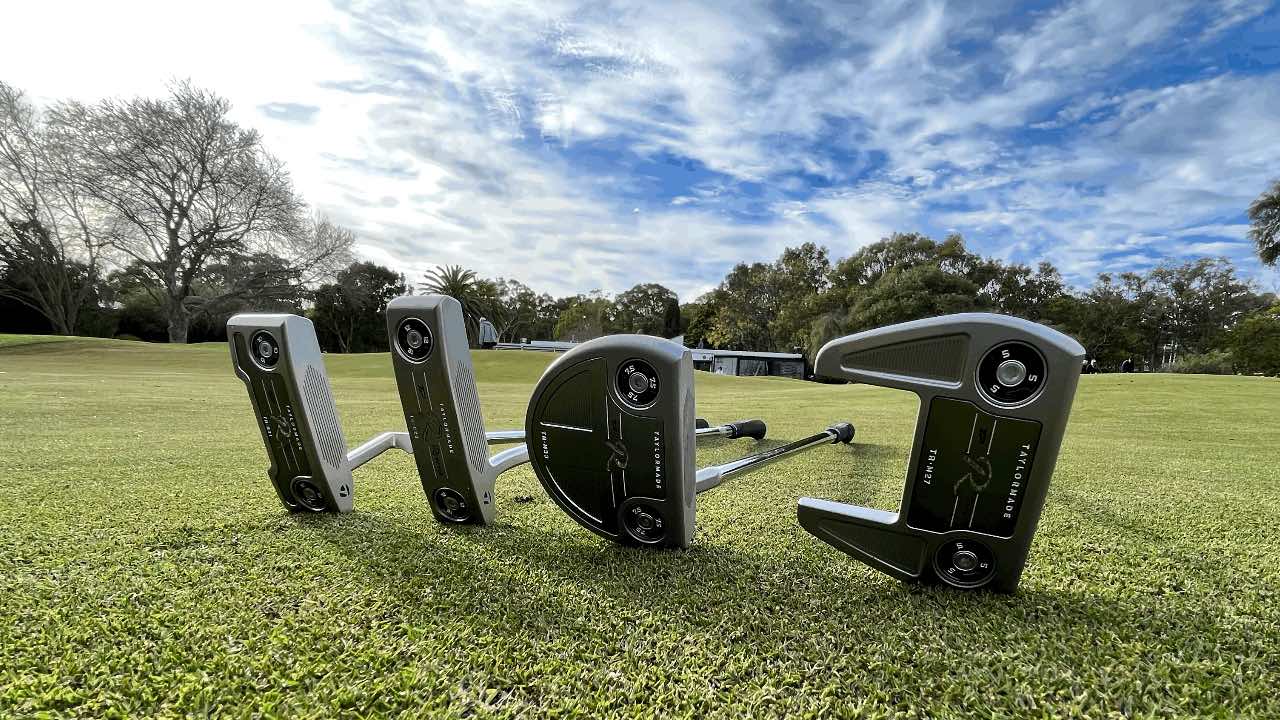
The M33 was probably most surprising, not just because it’s a new head shape for TaylorMade.
But spoiler alert: the M33 isn’t available just yet.
It shares the same head style as the M37 (which is available) but is fitted with a short slant hosel rather than a single bend shaft.
It offered the most toe hang of any TP Reserve mallet and seemed to click with my semi-wonky putting stroke, even if visually it wouldn’t be something I’d usually consider.
I will say that TaylorMade have excelled in tuning the faces of the TP Reserve collection.
Deep machined grooves, rather than a plug-and-play face insert, offer a soft feel and the all-important impact sound was quite pleasing to the ear — almost like that bleep you hear when waiting for a FaceTime call to connect.
The TP Reserve line-up also offers snazzy-looking black leather head covers.
Putter covers are kind of like those soft cases that come with sunglasses that you never use.
But if you do, the covers feature stitched-in magnets that do away with the screeching of Velcro whenever you open them up.
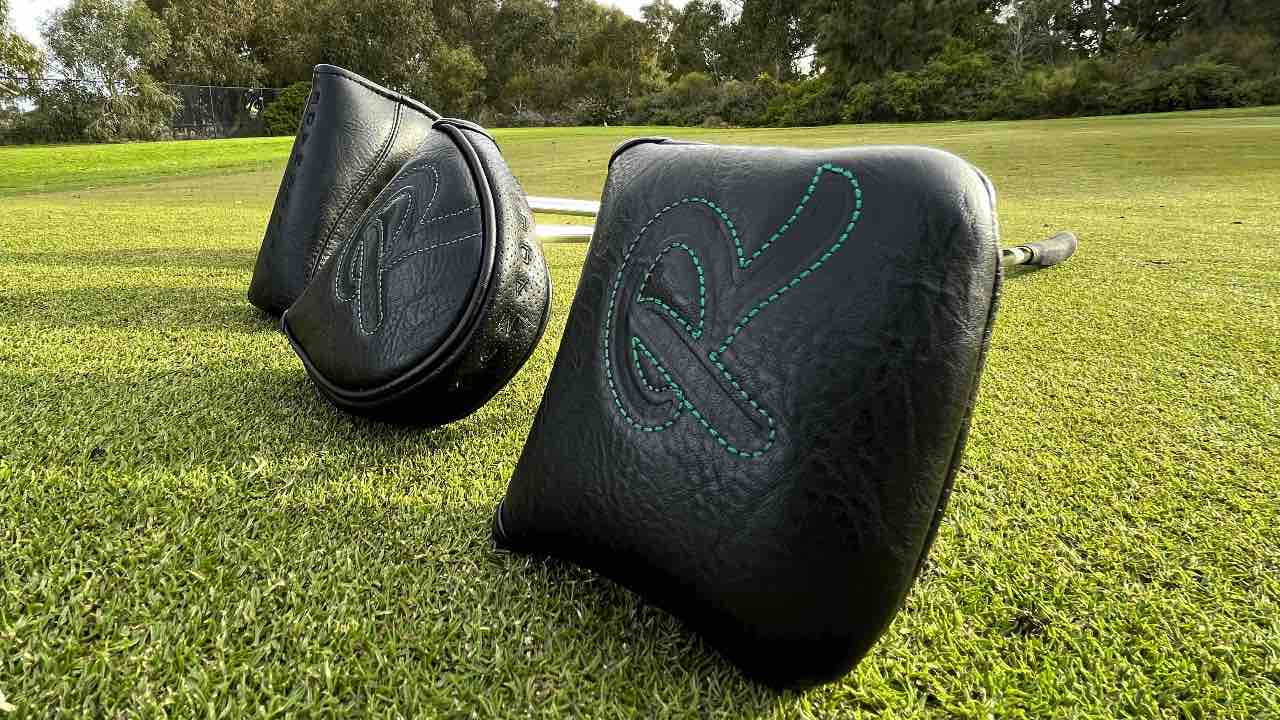
THE FINAL WORD
What struck me about the TP Reserve was that it did feel like a leap ahead for TaylorMade.
Whether that’s a leap ahead of Scotty Cameron, I still need convincing.
There is a new level of sophistication with the TP Reserve collection.
They are eye-catchingly beautiful putters and perform well.
And they will be lighter on your wallet and much more accessible than a Scotty Cameron.
On those points, I reckon golfers should try out the TP Reserve collection and make up their own minds.
But I think Scotty Cameron still has some exclusive rights remaining on the phrase “premium putter”.
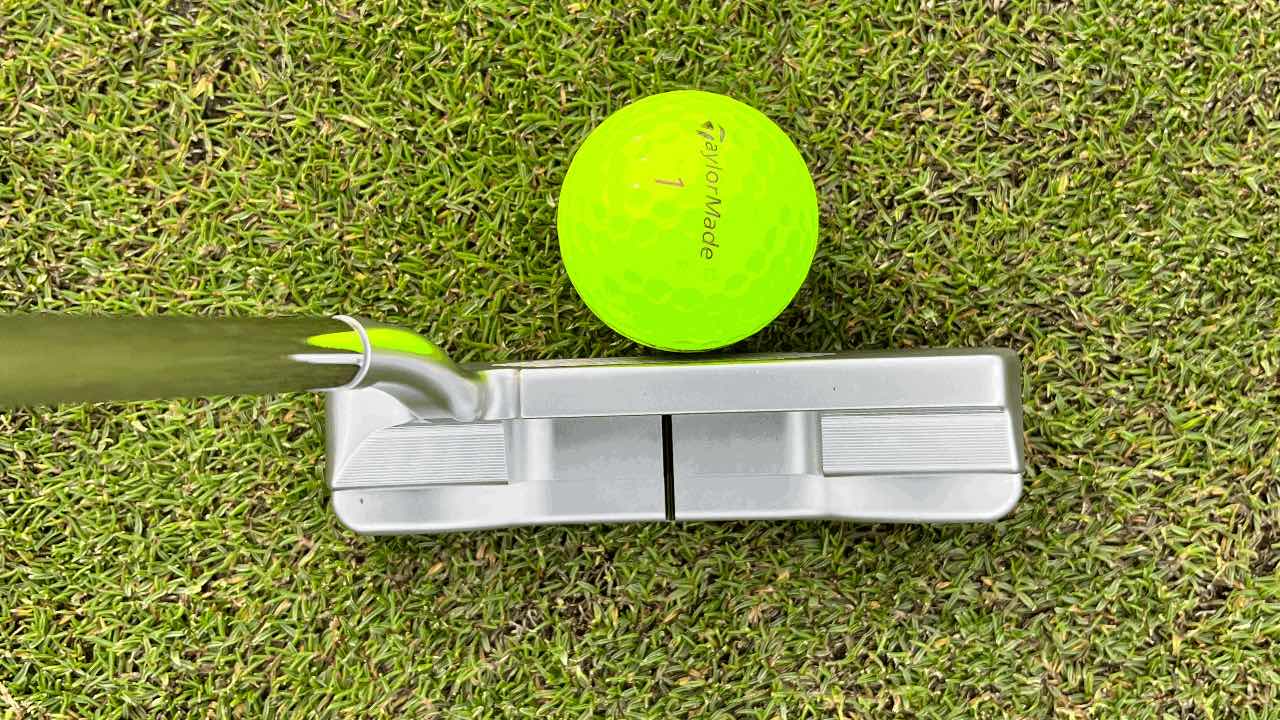
THE VERDICT
HIGH FIVES
• Fully milled heads are beautifully precise
• Minimalist aesthetic boosts premium feel
• Feel and sound off the face is lively
• Varied choice of hosels and head styles
BUMMERS
• Alphanumeric naming convention is confusing
• Premium price point may be a turnoff for some
• No Superstroke grip option

|
Written by Jamie Martin Jamie Martin is currently locked in a battle to keep his handicap hovering around the mid-single digits. Despite his obvious short-game shortcomings, Jamie enjoys playing and writing about every aspect of golf and is often seen making practice swings in a mirror. |

